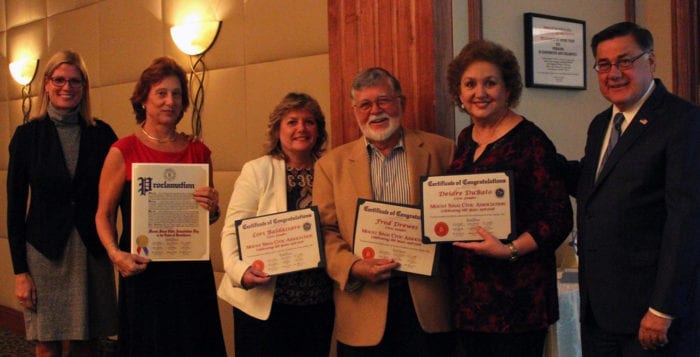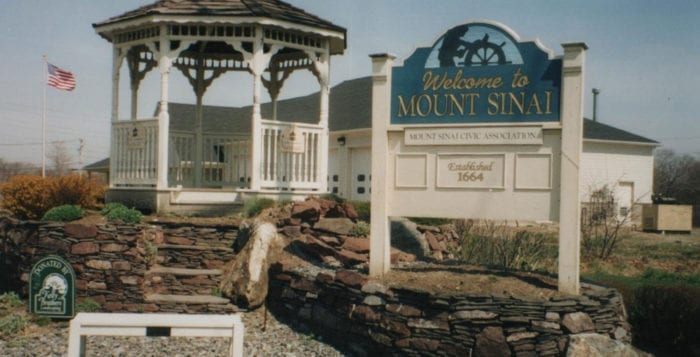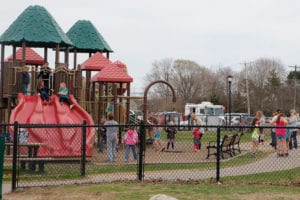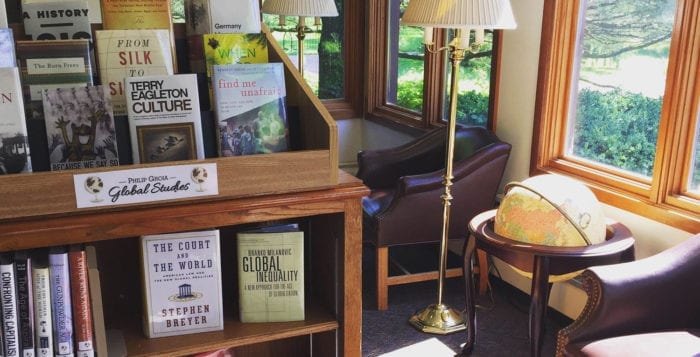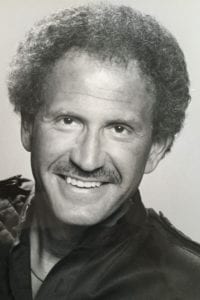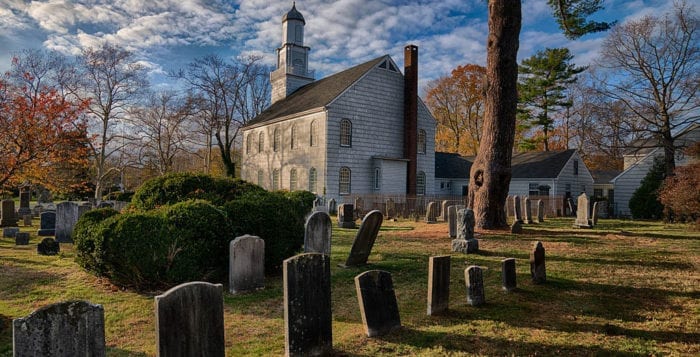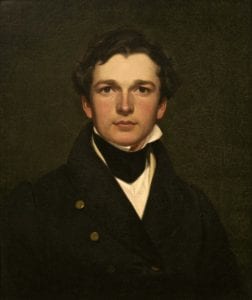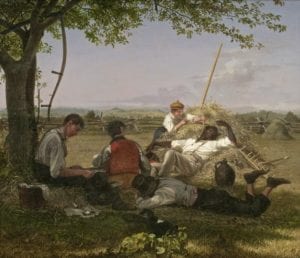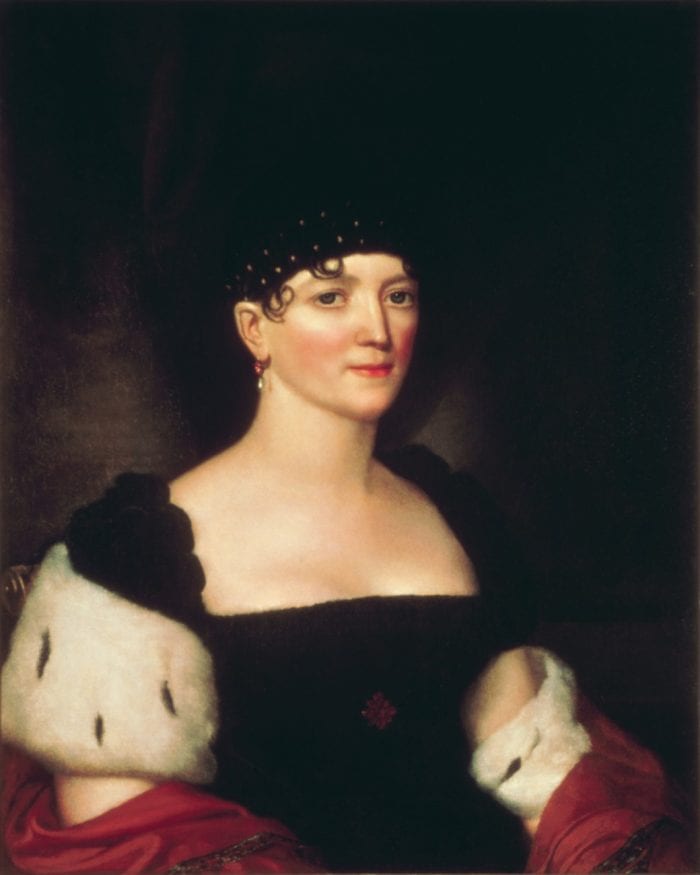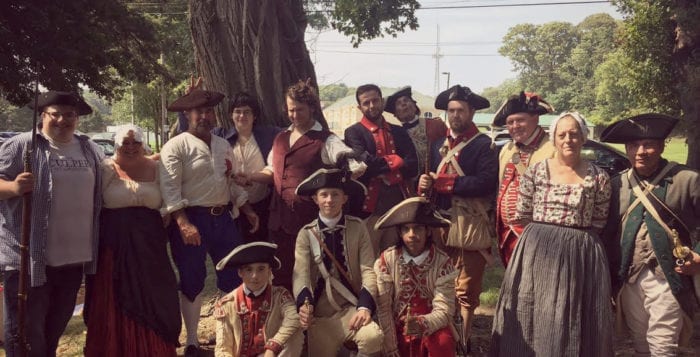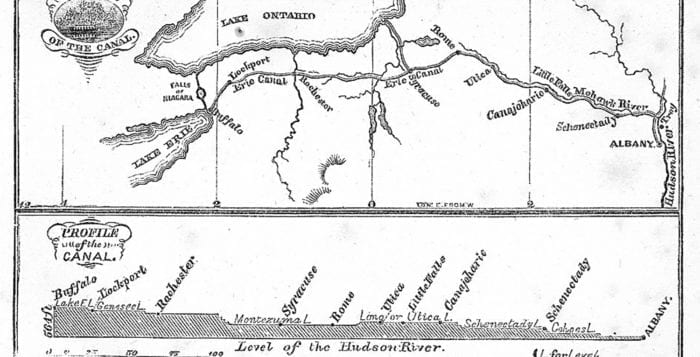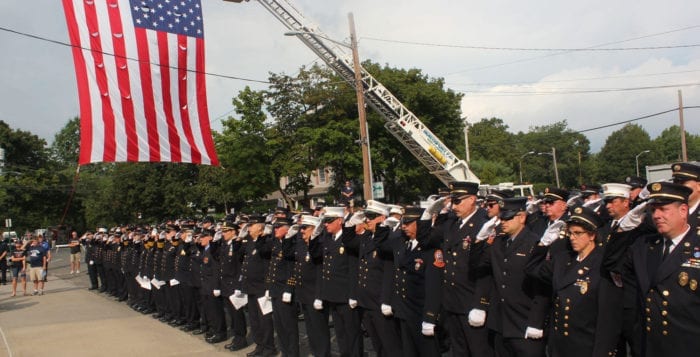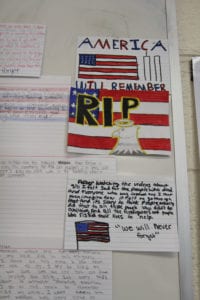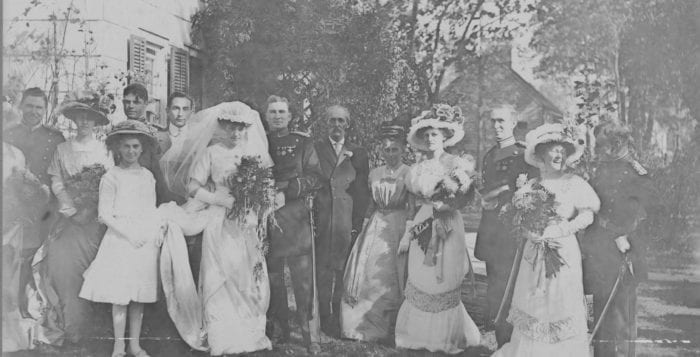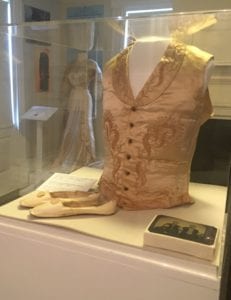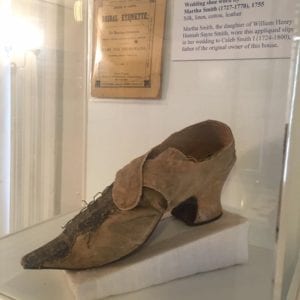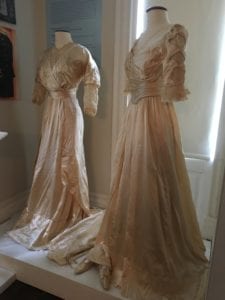The Mount Sinai Civic Association isn’t just a local organization — it’s an institution that has become part of the community’s fabric for the last 100 years.
On Oct. 6 at Willow Creek Golf & Country Club, the civic association celebrated its anniversary with its board, community members and local politicians.

“It’s an amazing milestone,” Mount Sinai Civic Association President Ann Becker said. “We’re impressed with how dedicated people have been, always stepping up in Mount Sinai. It’s been a concerted effort. We’ve had strong leadership. It’s a community that pulls together when there are problems and tries to resolve those issues.”
Incorporated Oct. 5, 1916, as an outgrowth of the Mount Sinai Taxpayers Association, its initial objective was to construct better roads, improve the conditions of Mount Sinai Harbor and adopt means to protect against fires.
“Over 100 years, some of those principles remain,” Brookhaven Town Supervisor Ed Romaine (R) said. “The civic works hard to protect this community, to ensure that the zoning, the look of this community stays as a majority of the people in this community wants it to. They work hard to protect the harbor, the environment, and they do a tremendous job.”
Over its history, the civic association has worked tirelessly on quality of life issues for the residents of Mount Sinai and Brookhaven Town. It worked to protect the area’s coastal environment, establish community parks and preserves and maintain a balanced level of development — including recreational facilities, privately owned housing, residential opportunities for seniors and support for schools. A completely volunteer-based organization, the civic has always depended on local residents to step forward and actively work toward improving the community, protecting the environment and protesting against overdevelopment.
With Becker now at the helm, the civic association continues to strive to better the community, and Councilwoman Jane Bonner (C-Rocky Point) said Becker is perfect for the job.
“Ann and her civic board are wonderful advocates for the tiny little hamlet of Mount Sinai,” she said, adding that her husband, John Sandusky, was born and raised in the area. “People like Ann, and others in this community, keep a watchful eye, are paying attention and have the best goals for Mount Sinai — to maintain its quaint look and charm.”
“Change never ends, nor does the desire to keep the place you call home special. I think the small things are the real success.”
— Lori Baldassare
During the 1960s and ’70s, the major civic issues included working to successfully stop the dredging of Mount Sinai Harbor, which was accomplished in the late 1960s, followed by the planning and management of Cedar Beach.
With a grant received from New York State with the help of Assemblyman Steve Englebright (D-Setauket), 355 trees were planted along Route 25A the same year to beautify the community.
“The work that they do in the community and the difference that they make in the quality of life in Mount Sinai; the civic sets an example for all other communities,” Englebright said. “This is a shining beacon of civic activism and accomplishment. The association has continuity, initiative and history. I go to other hamlets in my district and I tell them to visit Mount Sinai and its park to see what a hamlet and a community can do when it comes together.”
The grant was also used to help purchase the nearly one-acre property that is known as Heritage Park. Preventing the sale of “The Wedge” to developers who planned to construct a Home Depot was also made possible with the help of Sen. Ken LaValle (R-Port Jefferson), who persuaded the owner to donate the balance of the property.
In the 1990s, the civic started many of the community activities still supported through the 501(c)(3) nonprofit Heritage Trust Inc., though many have since expanded.
Honored at the anniversary ceremony were Lori Baldassare, Fred Drewes and Deirdre Dubato, who were and are all still involved in Heritage Trust and Heritage Park.
Baldassare, eight-year president of the Heritage Trust, is a founding director who has also been a civic member for decades.
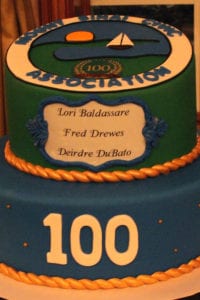
“I do not think that anyone thinks that they are signing on for 20 years or more, it just happens one small project at a time,” she said. “Change never ends, nor does the desire to keep the place you call home special. I think the small things are the real success — planting trees along 25A, placing welcome signs, constructing an ambulance building to serve the community, start a Christmas Tree lighting event, influencing the aesthetics and naming for the Heritage Diner, and so much more. There is always just one more thing to do and I am so proud to live in a place that has a real sense of community.”
For Drewes, who landscaped Heritage Park, which Baldassare referred to as a community treasure, the evening turned out different than he’d envisioned.
“I thought the evening would focus on recognizing and celebrating 100 years of community work of the Mount Sinai Civic Association,” he said. “I felt thankful and honored to be recognized as part of the history of the civic association’s efforts to develop into a hamlet we could be proud to live in.”
Suffolk County Legislator Sarah Anker (D-Mount Sinai) said the hamlet needs to keep up the good work, making sure that the residents protect each other and address the worries and concerns of the community.
“We have to keep up the inspiration,” she said. “There’s so much more that we can do, but what’s most important it that we take care of what we have.”

